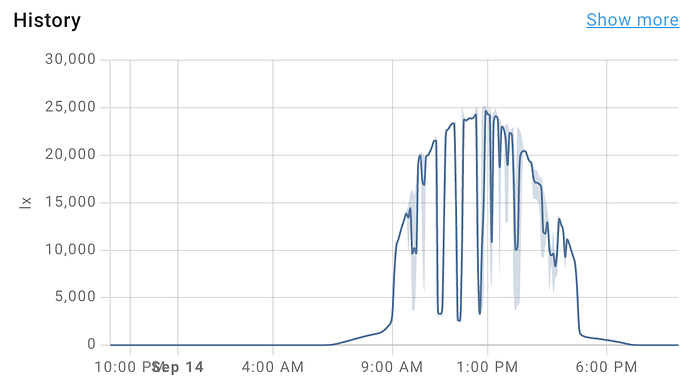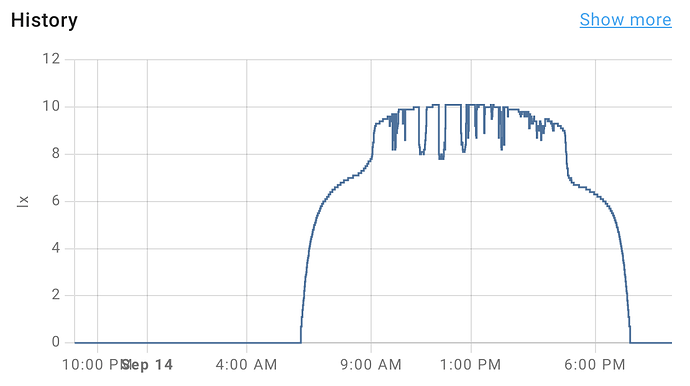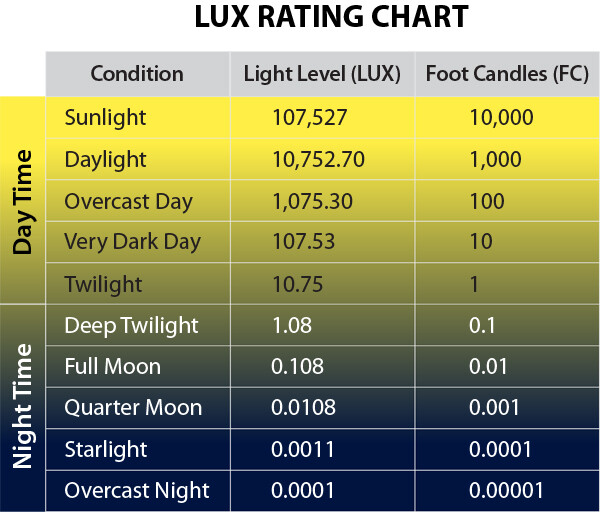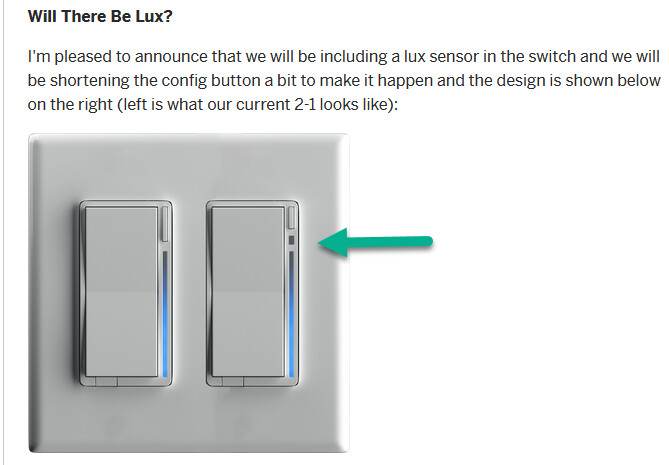Also just updated the timeline. I didn’t realize I hadn’t had it in there - there’s a lot that goes into this project, so I tried to make it as detailed as possible for everyone.
–
Timeline (Estimated)
The initial timeline will be shown below once released and will be updated monthly (if needed).
Phase 1 - ID Design
Design & Render Based on Samples and STP File
Est Completion Date: Aug. 19, 2023
Status: COMPLETED
Structure Design
Est Completion Date: Oct. 12, 2023
Status: COMPLETED
3D Modeling
Est Completion Date: Sep. 30, 2023
Status: COMPLETED
3D Print Housing for Prototype Sample Assembly
Est Completion Date: Oct. 12, 2023
Status: IN PROGRESS
First mmWave Radar Type Election Test
Est Completion Date: Sep. 09, 2023
Status: COMPLETED
First Testing Environment
Ceiling Installation, Wall Installation (Open Area), Facing Door, Facing Window, Near Fan & AC Unit
Est Completion Date: Sep. 09, 2023
Status: COMPLETED
First Test Different Human Status Indoors
Motion, Micro-Motion, Stationary Status
Est Completion Date: Sep. 09, 2023
Status: COMPLETED
Second mmWave Radar Type Election Test
Est Completion Date: Oct. 24, 2023
Status: COMPLETED
Second Testing Environment
Ceiling Installation, Wall Installation (Open Area), Facing Door, Facing Window, Near Fan & AC Unit
Est Completion Date: Oct. 24, 2023
Status: COMPLETED
Second Test Different Human Status Indoors
Motion, Micro-Motion, Stationary Status
Est Completion Date: Oct. 09, 2023
Status: COMPLETED
Submit Report on mmWave Testing Specific to Avoiding False Positives
Est Completion Date: Oct. 26, 2023
Status: COMPLETED
Submit Details of Default mmWave Configuration for Customer Feedback
Est Completion Date: Nov. 01, 2023
Status: IN PROGRESS
PCB Layout Design & PCBA Making
Est Completion Date: Oct. 12, 2023
Status: IN PROGRESS
Schematic Diagram Design
Est Completion Date: Sep. 30, 2023
Status: COMPLETED
Power Board Schematic Diagram
Est Completion Date: Sep. 30, 2023
Status: COMPLETED
Wireless Board Schematic Diagram
Est Completion Date: Sep. 30, 2023
Status: COMPLETED
Firmware Design & Test
Est Completion Date: Nov. 20, 2023
Status: IN PROGRESS
Phase 2 - Detailed Design
Hand Sample Making
Est Completion Date: Nov. 15, 2023
Status: NOT STARTED
Hand Sample Testing & Verification
Est Completion Date: Nov. 20, 2023
Status: NOT STARTED
Tooling Build Out & Testing
Est Completion Date: Dec. 20, 2023
Status: NOT STARTED
Packing Design (Functional Card, Inner Tray, etc)
Est Completion Date: Dec. 06, 2023
Status: NOT STARTED
Phase 3 - Beta Testing
Create Beta Units
Est Completion Date: Dec. 15, 2023
Status: NOT STARTED
Round 1 Firmware Test
Est Completion Date: Dec. 29, 2023
Status: NOT STARTED
Round 2 Firmware Test
Est Completion Date: Jan. 08, 2024
Status: NOT STARTED
Round 3 Firmware Test
Est Completion Date: Jan. 18, 2024
Status: NOT STARTED
Final Firmware Test
Est Completion Date: Jan. 28, 2024
Status: NOT STARTED
Marketing Material
Manual Creation
Est Completion Date: Jan. 15, 2024
Status: IN PROGRESS
Box Design
Est Completion Date: Jan. 15, 2024
Status: IN PROGRESS
Insert, Wiring Guide, etc
Est Completion Date: Jan. 15, 2024
Status: IN PROGRESS
Certifications
Zigbee/CSA
Est Completion Date: Feb. 15, 2024
Status: NOT STARTED
FCC/IC
Est Completion Date: Feb. 15, 2024
Status: NOT STARTED
ETL
Est Completion Date: Feb. 15, 2024
Status: NOT STARTED
Mass Production
Mass Production
Est Completion Date: Mar. 25, 2024
Status: NOT STARTED



